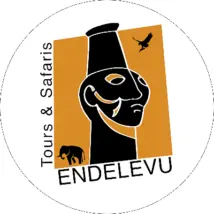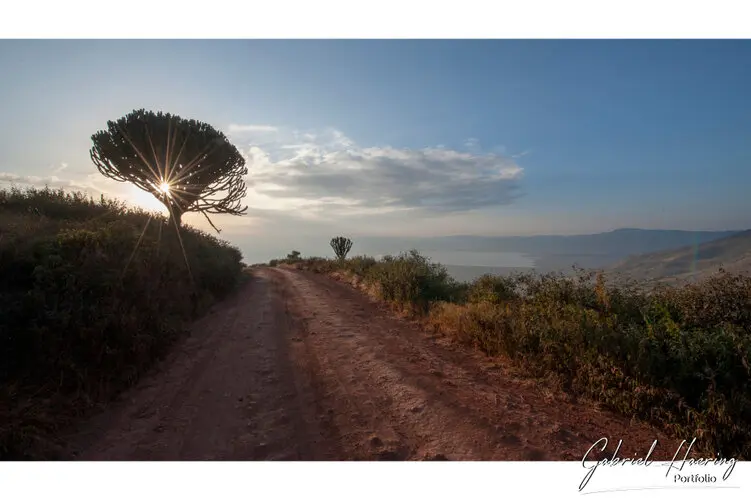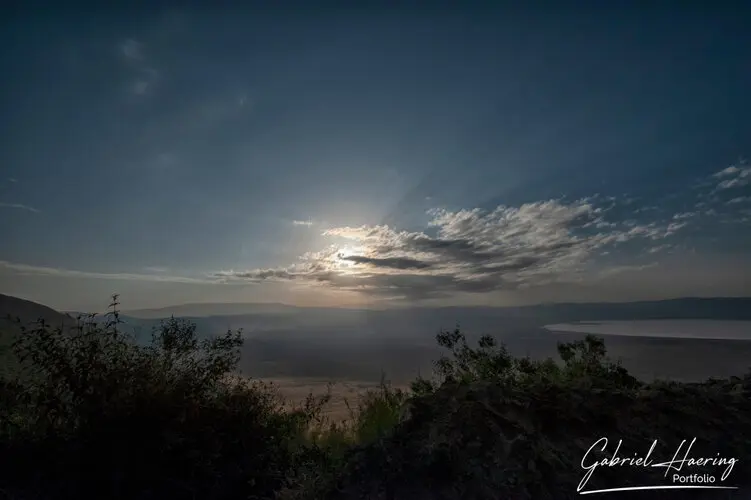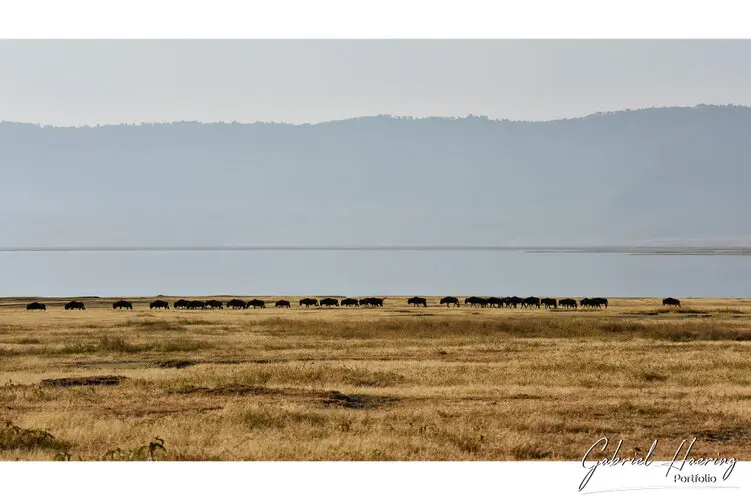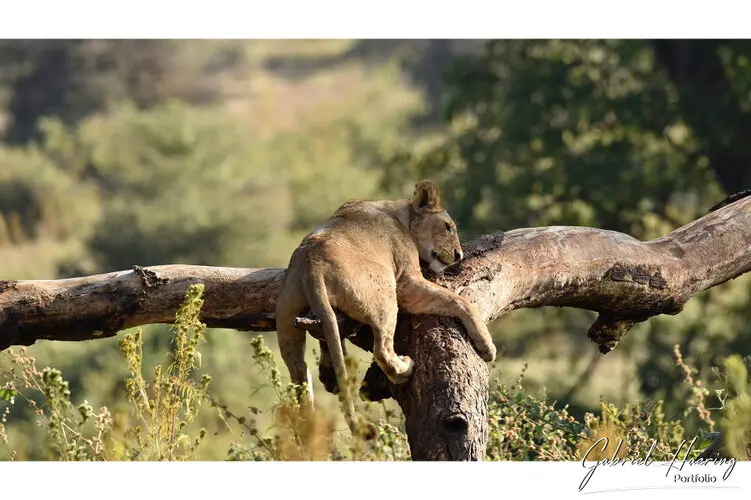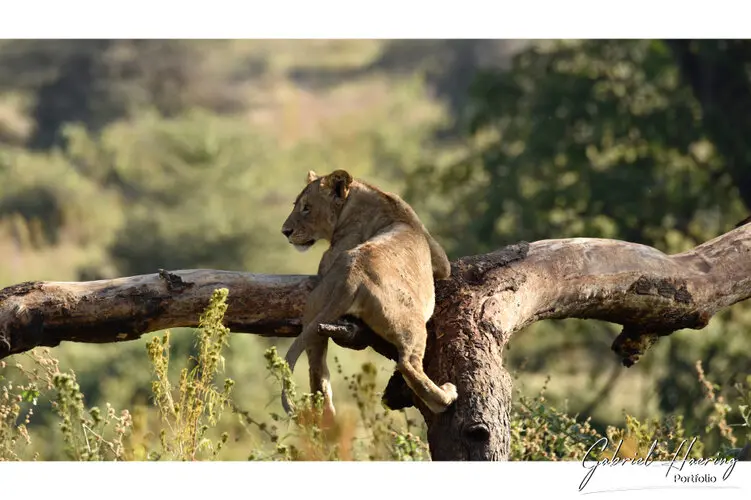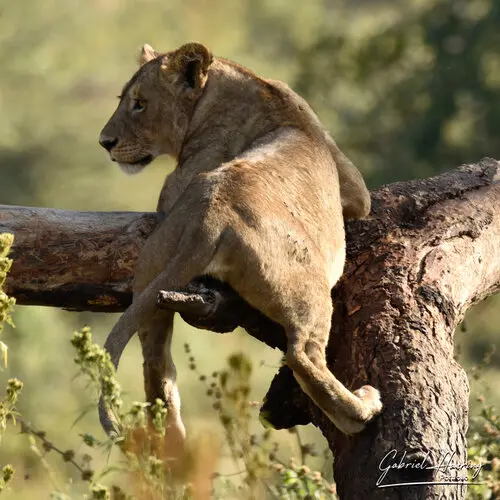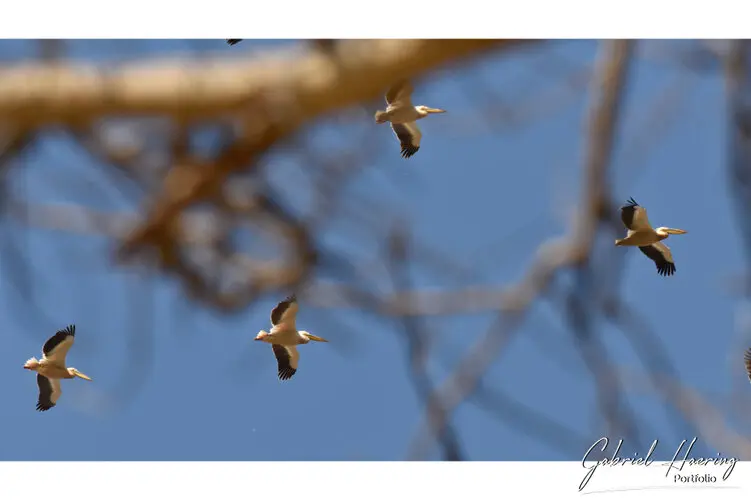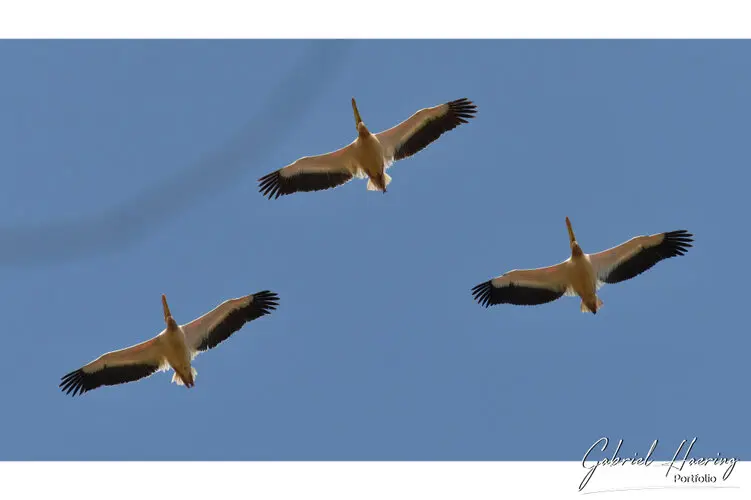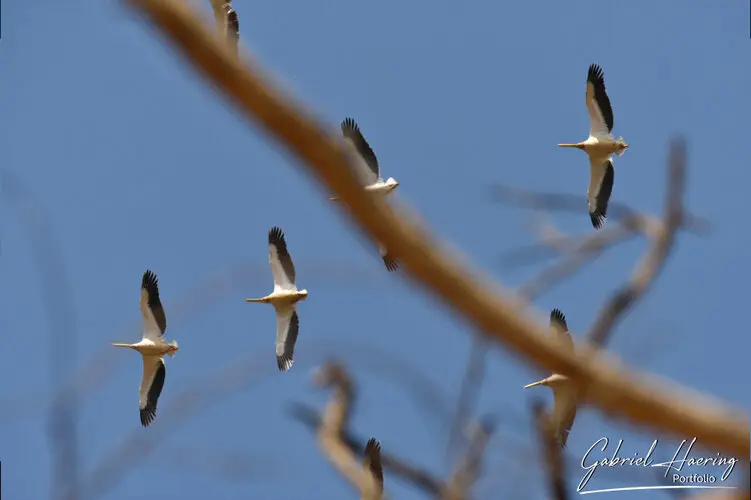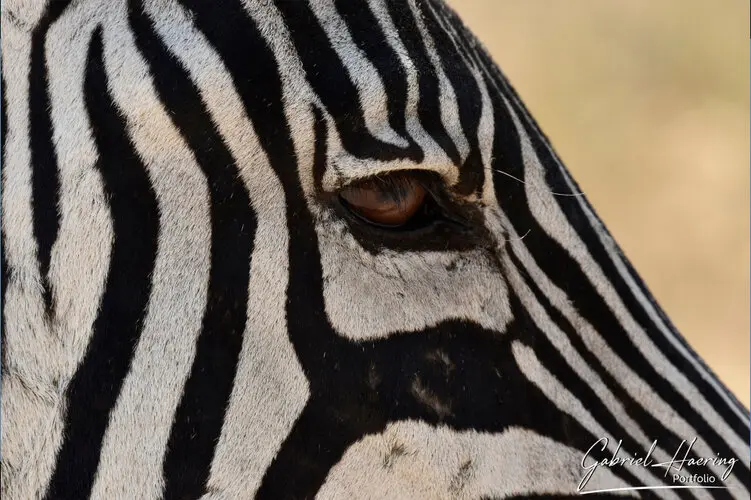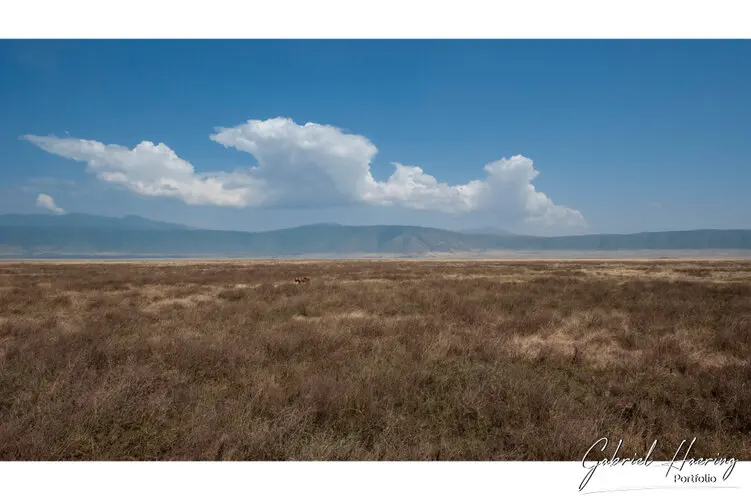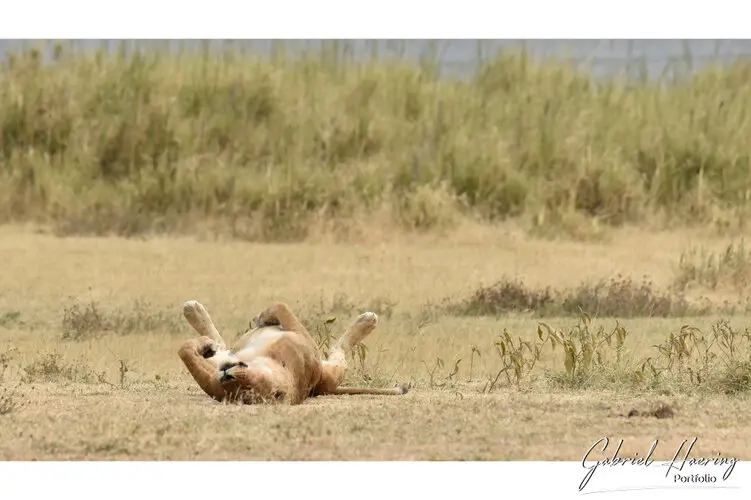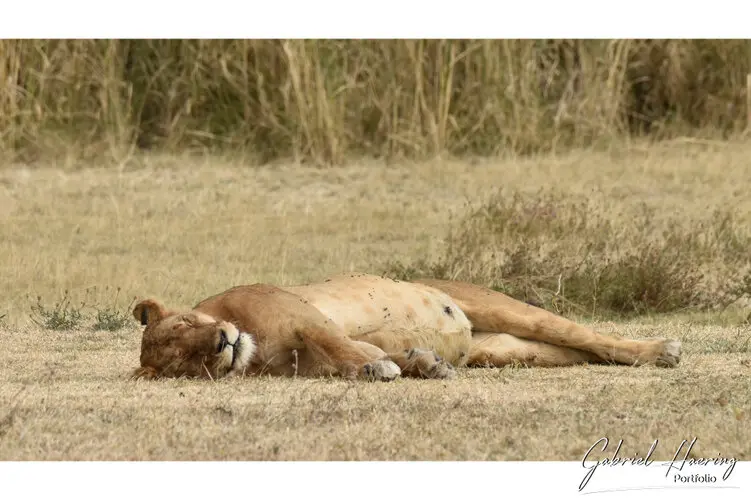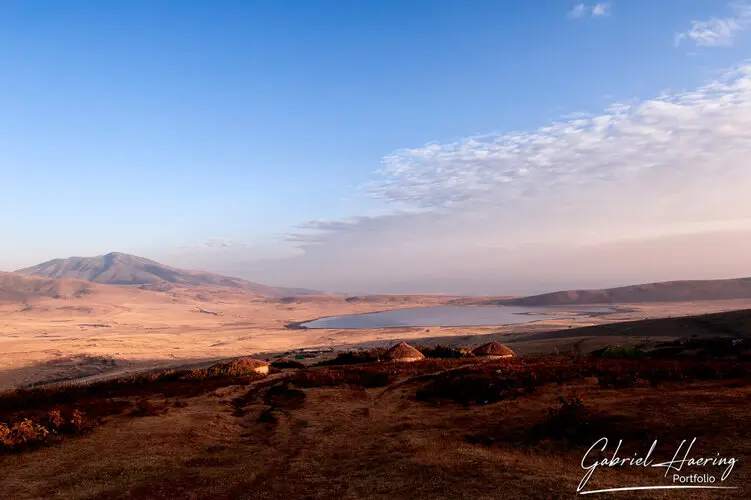Ngorongoro Conservation Area

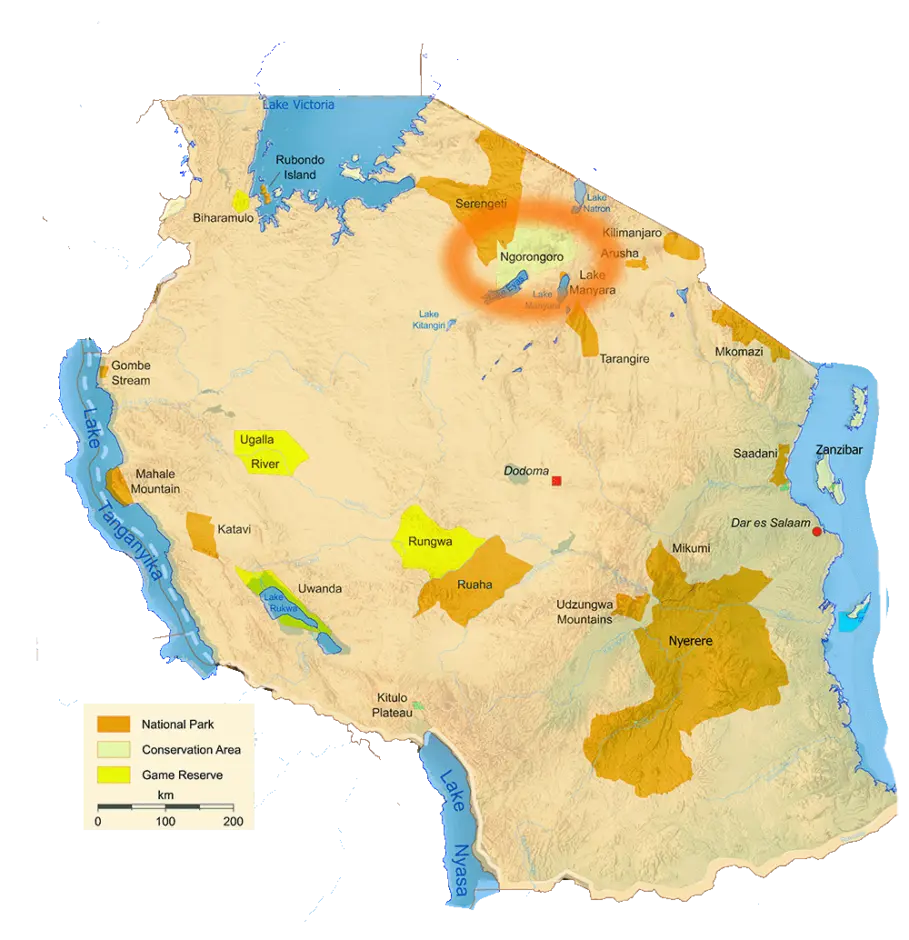
Ngorongoro Crater is a natural wonder.
It is a large volcanic caldera and a UNESCO World Heritage Site.
The crater is over 2,000 feet deep and covers an area of approximately 102 square miles. It is home to an incredible range of wildlife, including lions, elephants, zebras, hippos, and many others. Visitors to the crater can enjoy game drives, cultural tours, and hiking, among other activities.
The Ngorongoro Conservation Area, of which the crater is a part, was established in 1959 as a protected area to preserve the natural beauty and wildlife of the region. Today, it is a popular destination for tourists and wildlife enthusiasts from all over the world.
One of the most unique features of the Ngorongoro Crater is its dense population of wildlife. The crater's ecosystem is a perfect habitat for a wide range of animals, including the Big Five (lions, elephants, leopards, buffalo, and rhinos). Visitors can see these animals in their natural habitat and witness the predator-prey relationship that exists in the crater.
In addition to its abundant wildlife, the Ngorongoro Crater is also known for its stunning scenery. The crater's walls are steep and provide a dramatic backdrop to the wildlife below. The landscape is diverse, ranging from lush forests to grassy plains, and visitors can experience a range of environments in a single trip.
Overall, the Ngorongoro Crater is a must-visit destination for anyone interested in wildlife and nature. Its unique ecosystem and stunning scenery make it a truly unforgettable experience.
Best time to visit

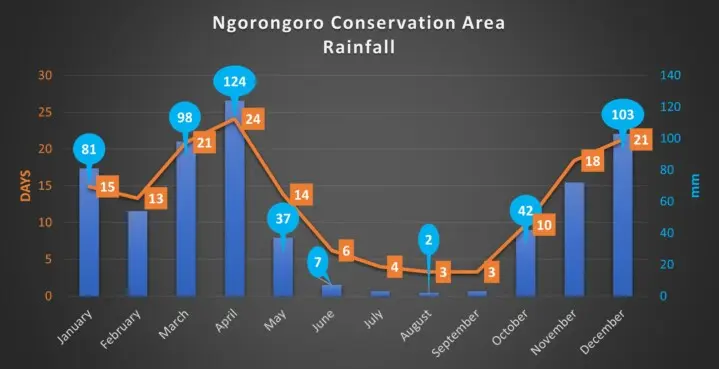
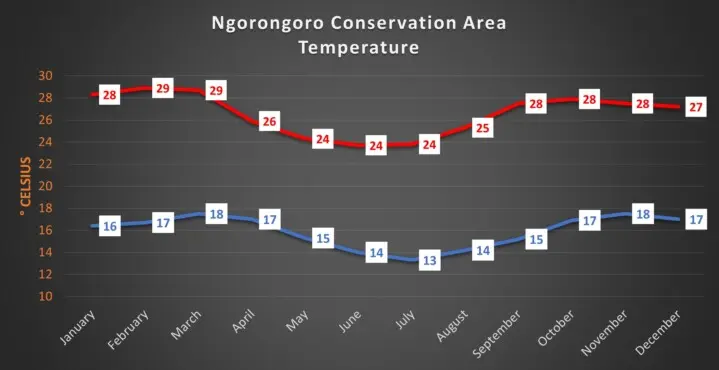
The weather in Ngorongoro Crater is relatively consistent throughout the year, with temperatures ranging from 60-80°F (15-27°C). However, the rainy season can make it more challenging to visit the crater. The rainy season usually runs from March to May and from October to December, and during this time, the roads in and around the crater can become muddy and difficult to navigate. Additionally, the vegetation in the area tends to be thicker during the rainy season, which can make it more challenging to spot wildlife.
The best time to visit Ngorongoro Crater depends on individual preferences and what visitors hope to see and do. The dry season from June to September and from January to February is generally considered the best time for wildlife viewing and for exploring the area, while the rainy season from March to May and from October to December can be more challenging due to muddy roads and thick vegetation. Visitors should also consider the calving season from December to February, which offers another excellent opportunity for wildlife viewing. Regardless of the time of year, Ngorongoro Crater is an awe-inspiring destination that shouldn't be missed.
